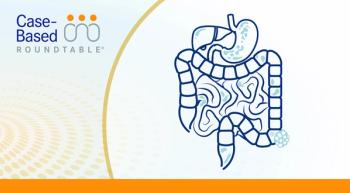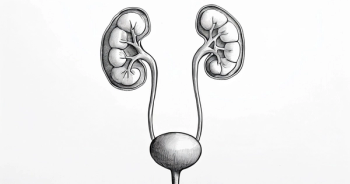
As BMT Use Expands, Rehabilitation Gains Focus to Improve Outcomes
The impact of physical and nutritional rehabilitation post bone marrow transplant in patients with hematologic malignancies will be determined in the REBOOT trial.
Bone marrow transplantation (BMT) has become a critical treatment for hematologic malignancies, but its intensity can severely impact patients’ physical function, nutritional health, and quality of life. Now, researchers are zeroing in on structured rehabilitation programs to counter these effects. Early evidence suggests tailored interventions could make a significant difference.
The Australian REBOOT study (ACTRN12622001071718) aims to determine whether an 8-week telehealth rehabilitation program can improve recovery outcomes post-BMT compared with standard care. The primary measure is physical function, assessed via the European Organization for the Research and Treatment of Cancer’s quality-of-life questionnaire (EORTC QLQ-C30).1
Historically, tailored exercise interventions have improved symptoms associated with cancer treatment, including health-related quality of life (HRQOL), fatigue, and physical functioning in solid tumors.
Evidence of this benefit in hematologic malignancies is lacking, but a meta-analysis of 24 randomized clinical trials and 3 prospective trials investigated the effects of an exercise program compared with usual care in patients who had a hematologic malignancy and were undergoing BMT. 2 Those investigators determined that exercise is safe and improves outcomes, including functional exercise capacity, HRQOL, and hospital length of stay.
The REBOOT study will include 170 patients in total (85 patients in each arm) and will measure the self-reported physical function of patients at 9 weeks post-recruitment compared with usual care.1 Secondary objectives will be to measure physical activity levels, nutritional status, muscle strength, and fatigue.
After baseline assessment and 30 days post-BMT, patients will be randomly assigned to receive the intervention consisting of 8 weeks of telehealth exercise 2 days a week, home physical activity, nutritional consultations, and behavior change advise vs usual care. Usual care consists of medical and nursing care posttransplant, which does not routinely involve exercise or nutritional interventions beyond the inpatient period. Assessments will take place at 9 weeks, 6 months, and 12 months post BMT.
Details About the Intervention
In the exercise component of the intervention, patients will complete 60-75 minute exercise sessions that are supervised by a physiotherapist via telehealth using a video conferencing platform. After 4 weeks, patients can receive a face-to-face session with the physiotherapist to ensure that the exercises are being performed correctly. Each session will include aerobic and resistance exercises using bands and body weight.
On days when no telehealth session is scheduled, patients will also be encouraged to follow a home program of moderate intensity to maintain their physical activity level. Physical activity assessments will include the number of steps taken, cadence, heart rate, and time spent in light, moderate, and heavy intensity zones as measured by a wrist-worn exercise device.
A nutritional component will also be included, according to study authors. A dietitian will provide a comprehensive nutrition assessment with advice on protein intake based on 1.5 g/kg of body weight with the aim to optimize lean mass and to prevent an increase in fat mass. The assessment will take place prior to commencement of the intervention and at 4 weeks.
Nutritional status will be assessed using the Patient-Generated Subjective Global Assessment and the Global Leadership on Malnutrition criteria (GLIM). The GLIM criteria consist of non-volitional weight loss, low body mass index, reduced muscle mass, reduced food intake, and inflammation.
The investigators noted a trend in cancer exercise studies that take place in the community setting, with most studies focused on supervised, center-based programs. But new models of care are needed to provide equitable services to cancer survivors. The REBOOT trial allows patients living outside metropolitan areas with suitable devices and internet connectivity to participate.








































